At the first snow, before the deep roots strained for the earth’s warmth, and before the hills deepened and sighed as their lashes became coated in dew, three young men—the bravest of the land—set out for a hunt. Tracking upon broken sheets of unpacked snow, paw prints of a bear came into their step; it is said that this bear would be the size of the old redwoods, the size of the hill in the east, and the size of the cloud that brings the final storm. Thus, the hunters closed their gaze to the methodical patterns of the great sow’s prints.
The bear led them from where the sun rises in the east and sets in the west, all the while they said amongst one another, “tomorrow will be the day”, “yes, tomorrow will be the day”. Slowly, as the young hunters would come to realize, they were being led away from their homeland and into the sky to sit amongst the twilight of their ancestor’s whispers.
But lacking the sustenance of earthly beings, they struggled and yearned for the taste of a worthy kill.
Finally, after a vigorous fight, the men conquered the sow. The great beast’s body was laid upon a bed of oak, sumac, and aspen trees, and her blood seeped through the leaves, staining them orange and red.
It had been a year since the young hunters set out when the bear was killed, and it was again the time before the first snowfall. Thus, the trees that bleed red and orange in the Autumn do so for the falling of the great sow.
This is the tale of Autumn’s beginnings recounted by the Iroquois people, a confederacy of Indigenous Americans in the New England region of North America. Indeed, the story is mystical and difficult to see as true, but the scientific explanation is almost as magical as the Iroquoian “Great Bear Chase”.
The scientific story begins with a leaf during the summer months working to produce its nutrients through photosynthesis. The plant cells that perform photosynthesis possess and require chlorophyll, which famously gives leaves their green color.
However, there are other pigments in a plant cell, such as the orange and yellow carotene, as seen in carrots. For most of the year in trees, the warm-toned carotene is overpowered by the immense amount of chlorophyll in plant cells producing usable molecules for the plant to survive.
Also, as summer fades in the Northern Hemisphere, days become shorter and temperatures drop. This is where the mysticism appears, as deciduous trees—those that change colors—detect these shifts in the seasons.
Scientists now state that the trees recognize seasonal changes by identifying alterations in the photoperiod signal, or the amount of daylight. Yet, this is vague, and implies something more complicated, or more “magical”, occurring within the watch of a tree. It is the same mystery as how a bird can migrate to the same location at the same time every year.
On the issue of migration, some hypotheses state that magnetic subcellular components in a bird’s DNA are set to align when at a certain latitude, guiding its travels north and south. Even so, for both birds and trees, it is monumentally extraordinary that they can recognize the differences in the seasons and days. This is especially true as humans see birds and trees as unintelligent organisms, yet humans struggle to understand time and day, along with latitude, without technology. Thus, what “magic”—or science—do the components of the infinitely mystical environment possess?
Nevertheless, deciduous trees do not keep leaves in the winter to conserve energy and prevent excessive water loss during the nutrient-short freezing months. Therefore, after recognizing photoperiod changes, they stop the production of chlorophyll, as it is no longer needed to work creating energy through photosynthesis for the organism.
Then, as chlorophyll is reduced, the carotene pigment remains in the leaves, which shines through as orange and yellow in the autumn foliage. Other chemicals, such as anthocyanins, only begin to be produced during the season change. They occur by sugars becoming trapped in the leaves after chlorophyll production halts, which then appear in red and purple foliage.
The hues of yellow, orange, red, and purple are impermanent though. As cold winds and rainy afternoons come in late October and early November, the trees will begin generating an abscission layer between the branch and leaf. The layer will ultimately protect the tree from frost and water shed at the point where the leaf is. However, it causes the cell layer between the leaf and branch to grow thin and the leaf to easily fall.
When the leaves descend and you may be raking them from your yard, sending them to landfills, ecosystems are at a loss. Firstly, as they decay, leaves release nutrients that improve the nutrients in soil composition, which benefits plants and microorganisms. They also insulate plant roots and ground-dwelling organisms from extreme temperatures and aid in their water retention. Furthermore, earthworms, snails, and millipedes may ingest the leaves. These insects can subsequently aid ecosystems by becoming feed for an array of bird species, who also use leaves for nest building.
Finally, after a long period of silence in deciduous color through winter, spring comes with even more vibrancy than autumn. Then, following the bright summer of vegetation flashing against life’s songs, but before the first snow, the young hunters will again befall the wild sow. Her blood will outcry from the night sky of Ursa Major onto the beckoning aspens, oaks, and sumacs, who will sit solemnly in their succession of the fall foliage.






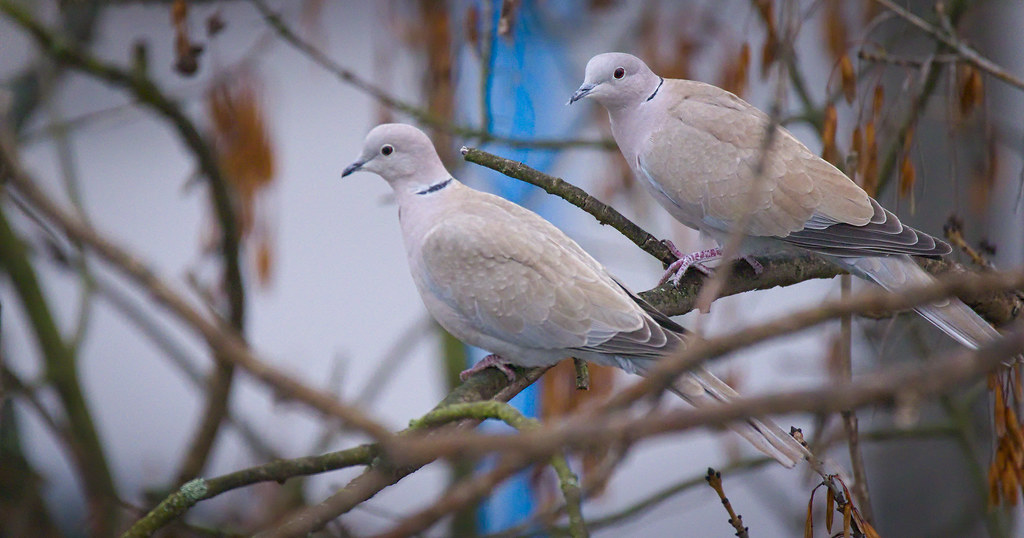
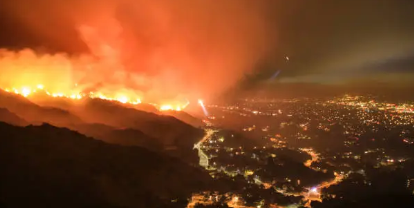
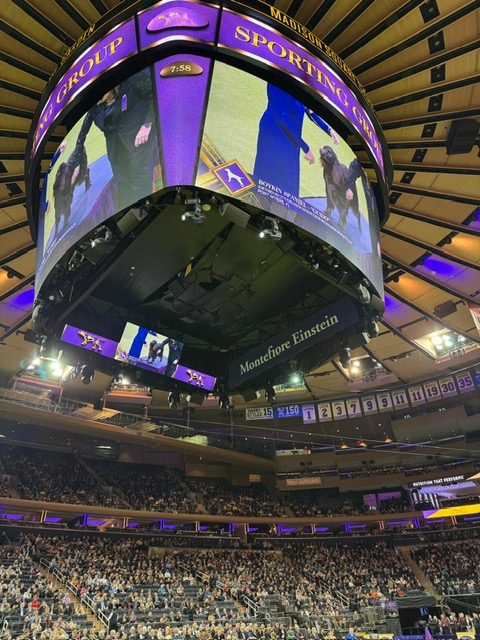








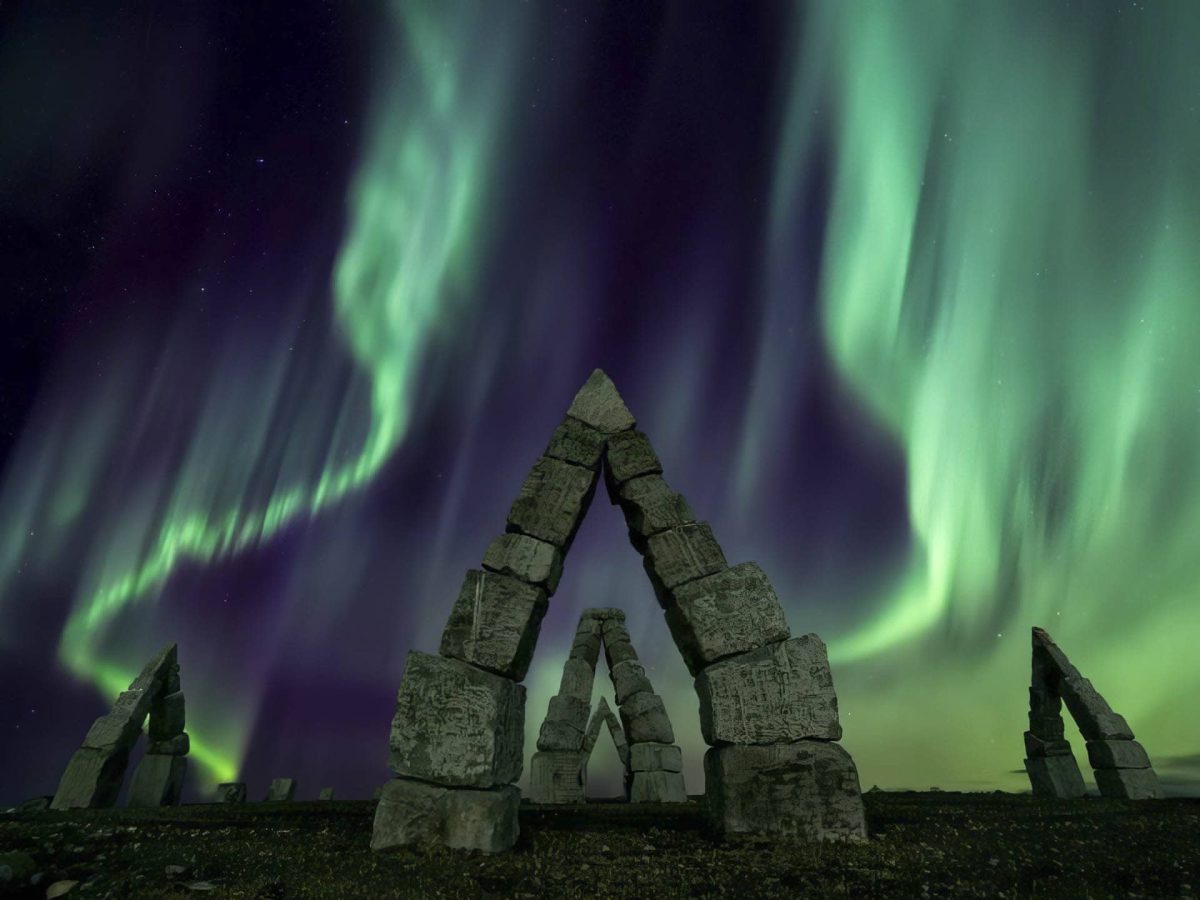








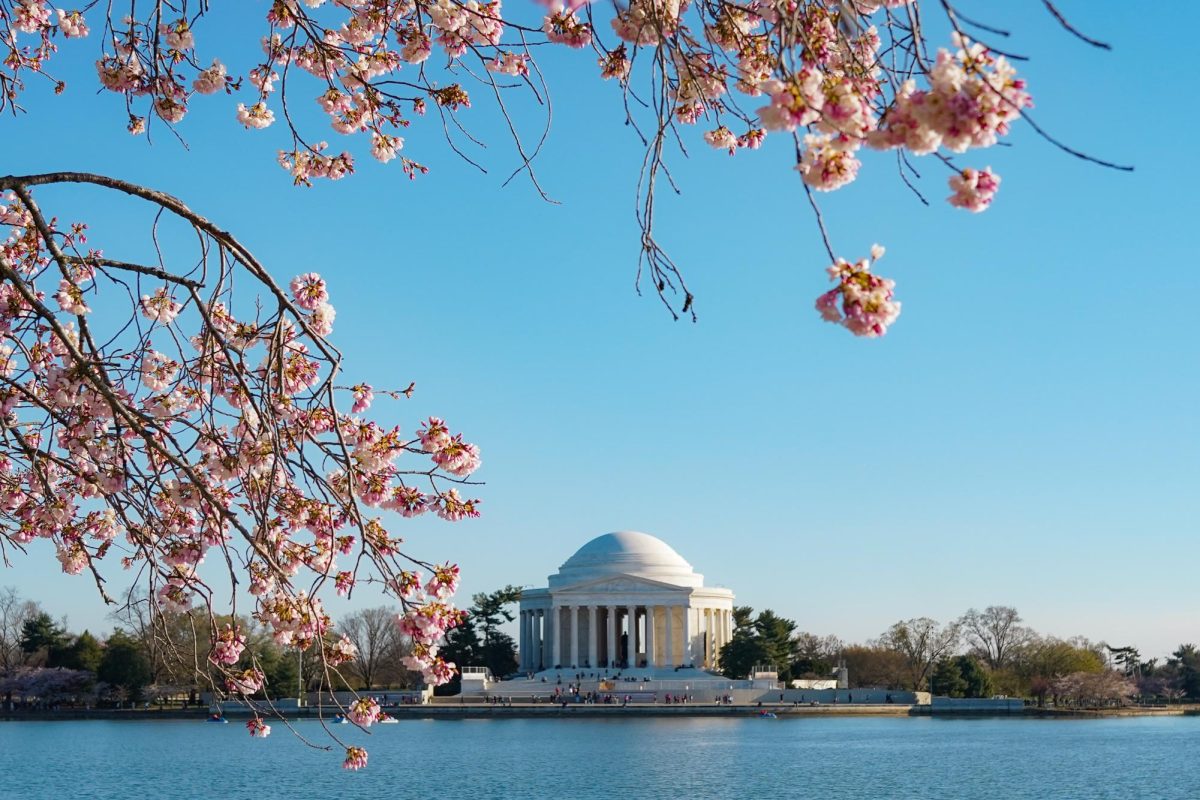





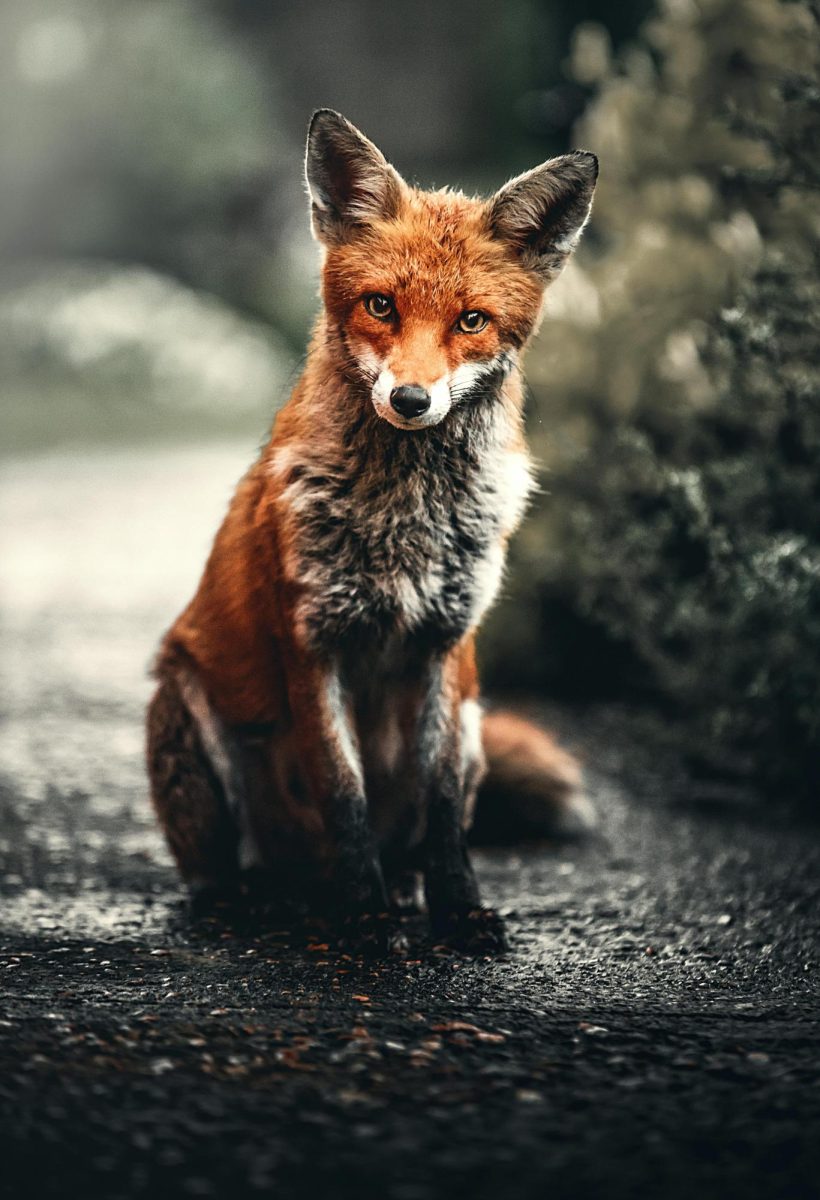

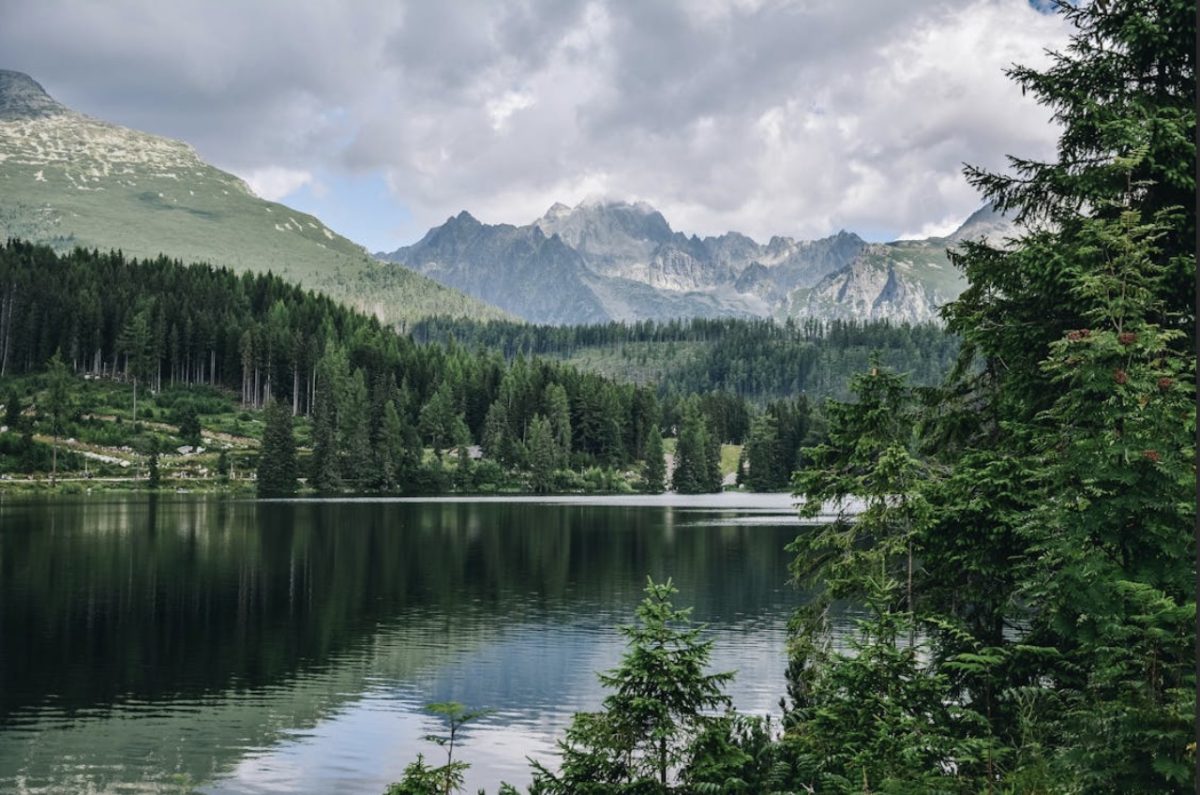



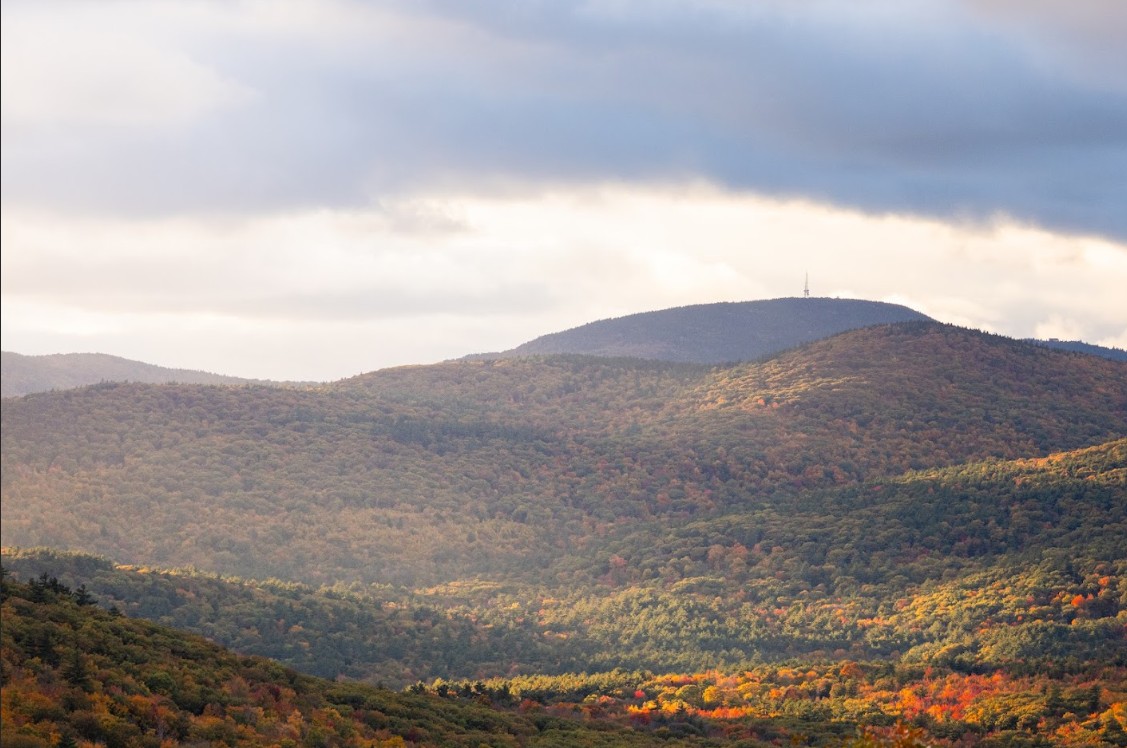



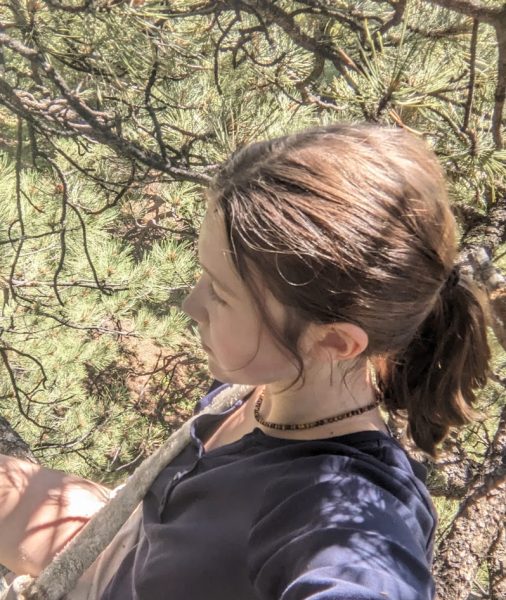
Alex • Oct 27, 2024 at 8:44 pm
I enjoyed the juxtaposition of native beliefs and scientific exploration.